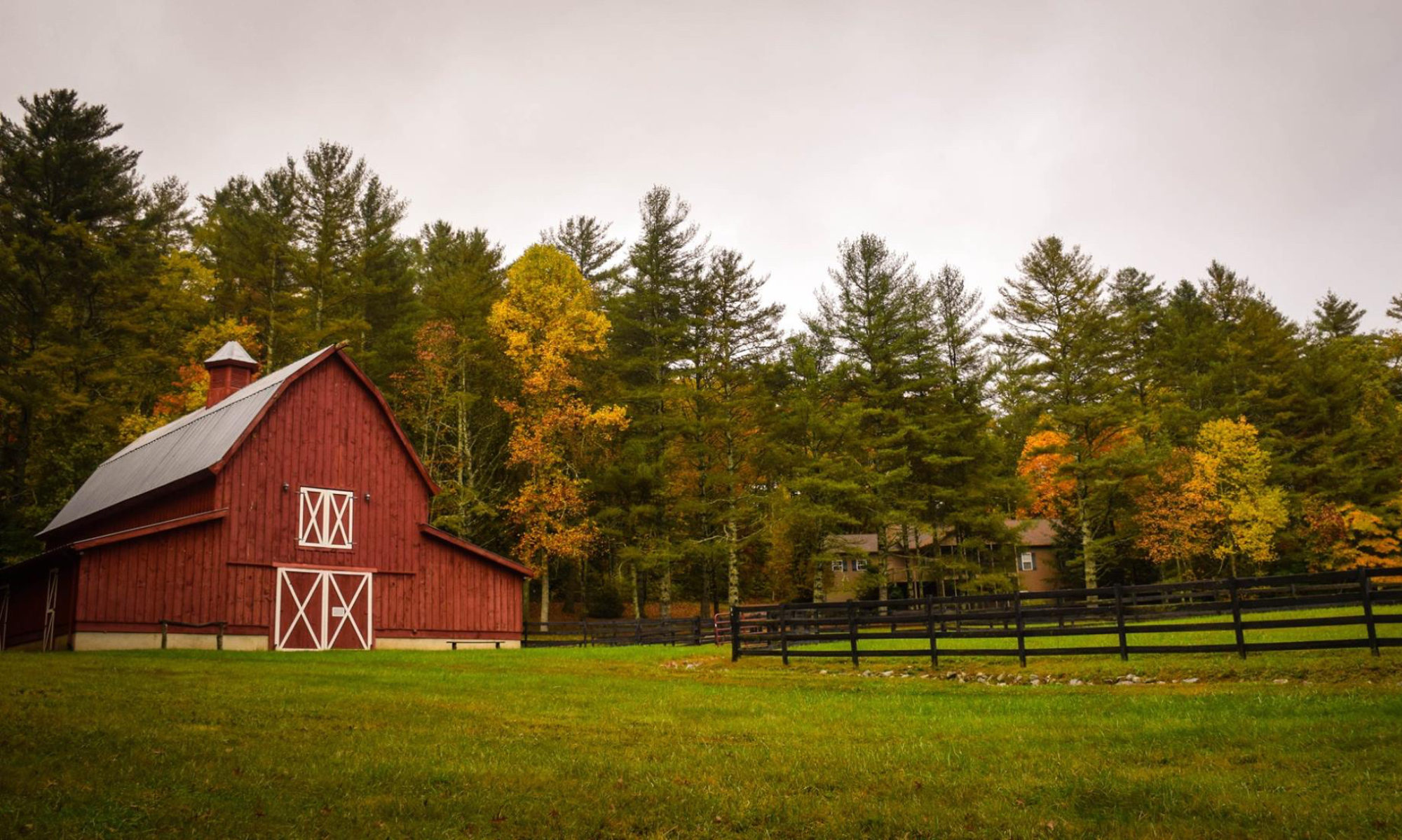An interesting post by Spencer Overton a week ago points to the fact that for the purposes of redistricting most states count prisoners as residents of the community in which they are imprisoned. These same prisoners (for the most part) are not allowed to vote in their new districts.
This has the effect, Overton argues, of increasing the political clout of the rural communities where prisons are increasingly located, while at the same time decreasing the political clout of the inner-city neighborhoods where many of the prisoners came from.
Overton writes
About two million people resided in American correctional facilities in 2000. In drawing Congressional and state legislative districts, most states count these prisoners where they are incarcerated rather than where they resided before their conviction. According to Peter Wagner at the Prison Policy Initiative, as rural areas shrink in population, the burgeoning prison populations preserve the political careers of rural legislators while siphoning political influence from urban areas. Rural counties contain only about 20 percent of our nation’s population but have secured about 60 percent of new prison construction.
I would like to see a more specific analysis of the numbers before drawing a final conclusion about the significance of this trend, but in one state house district in Ohio the prison population now accounts for nearly 10% of the district.
A quick quiz on democracy and incarceration: what do Pickaway Correctional Institution, Ross Correctional Institution and Chillicothe Correctional Institution have in common, besides being prisons in Ohio?
The answer is that they’re all in Ohio House of Representatives district 85. And because the U.S. census counts prisoners in the place where they are incarcerated rather than the place where they lived prior to arrest, it also means that every inmate in those facilities — about 9 percent of the total population of the district, according to the website Prisoners of the Census – is counted as a resident of the area.
The issues raised here run from those of rural communities and prison construction (why it’s rural development, don’t you know), to issues of race and political representation, to the debate over felon voting rights. More than I can sort out before bed.

Instead of sorting out all the issues you mention, let me make one clear statement:
The right to vote should be an inalienable Constitutional right and all prisoners should be voting.
If they count as residents of the district where they are imprisoned, so be it. Their voting power may sober up the rural populace who welcome prisons as jobs for themselves, and who see long mandatory minimum prison sentences as job security. Maybe if these prisoners could affect school bond issues or the local sheriff’s re-election, they would not be so content to see prison populations rise.